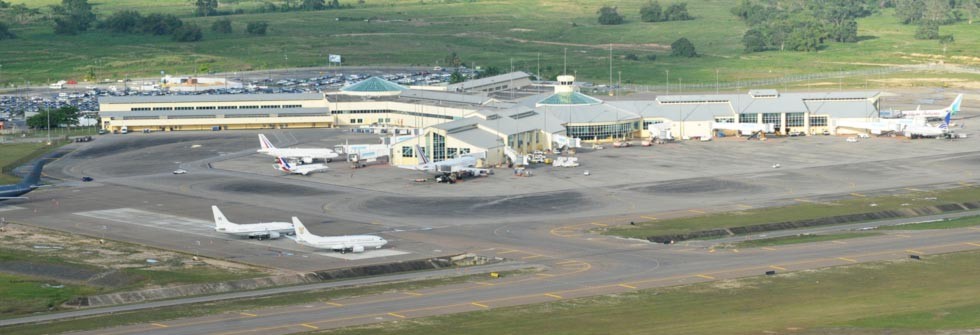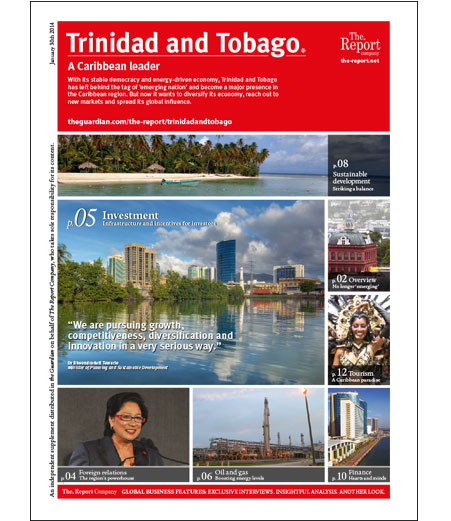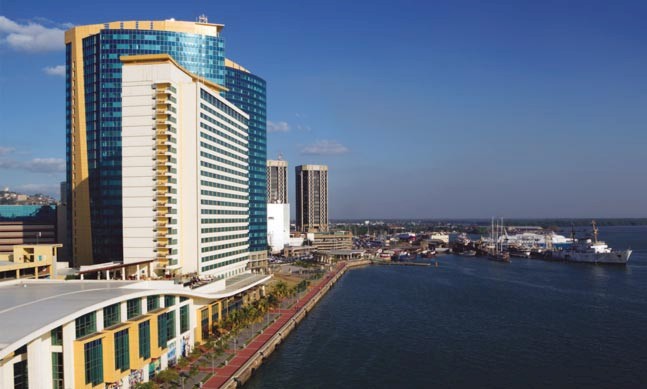Given the country’s island status and economic ambitions, the transport sector has room for growth.
Due to its geographical situation and history, Trinidad and Tobago has long been a transport hub. Wallerfield, a former US airbase in northern Trinidad during the Second World War, is just one reminder of the islands’ rich tradition of aviation. But as the country seeks to consolidate its status as an economy to be reckoned with, the bolstering of its transport links – both domestic and international – is key.
“Trinidad has the basic elements to develop into a strong cargo hub in the region and we certainly look to build on those natural advantages in the future,” says Dayanand Birju, who was until recently the general manager of the Airports Authority of Trinidad and Tobago (AATT).
Cargo Consolidators Agency (CCA), a freight forwarding and logistics company, offers an example of the variety of routes Trinidad and Tobago’s transporters work, with most of its business focused on lines to Houston, Miami, Rotterdam, Panama, Toronto and the UK.
A glance at the passenger traffic through Trinidad’s Piarco International Airport offers encouraging, albeit unspectacular, reading. A total of 2.7 million travellers went through in 2012, slightly up from 2004’s 2.4 million, with over half of those passengers on international flights.
Authorities hope the 168-acre North Aviation Business Park, next to Piarco airport, will boost the industry substantially. Most of the basic infrastructure is completed on the installation, which includes a free trade zone, a hotel and conference centre and an airline maintenance centre. The airports authority is also implementing new technology to improve customer service through information online, on social networks and on television.
Even those businesses founded on old-fashioned values of courtesy and face-to-face networking understand the need for a first-class transport industry.
“People wonder how I get the business,” says William Bronte, who has owned relocation and removals firm A.J. Mauritzen & Co. since the 1960s. “It’s because I ensure that I attend the meetings, wherever they are. The last one was in Vancouver; I was there. The next one is in Greece; I’ll be there. We have friends all over the world.”
By air, by sea
For those travelling between the islands of Trinidad and Tobago there is a regular ferry service, which completes the 20-mile journey between Port of Spain and Scarborough in two-and-a-half hours. A one-way ticket for an adult costs 50 Trinidadian dollars (around £5). Meanwhile, Caribbean Airlines operates the ‘airbridge’ service between the islands, with the 25-minute flight costing 150 Trinidadian dollars (£14).










